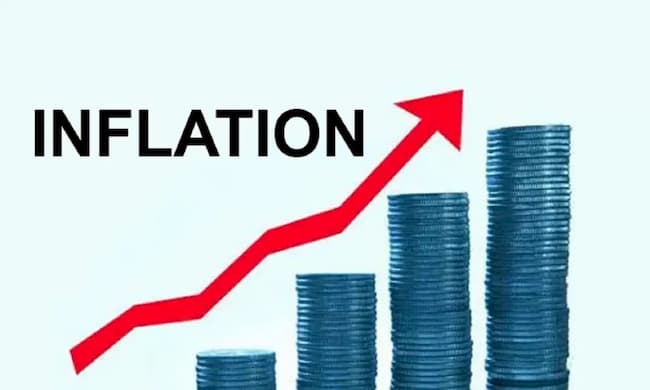Nigeria’s inflation rate is forecast to fall by 77 basis points in July, as market consensus anticipates base effects to drag down the consumer price index trajectory.
In the domestic economy, the headline inflation rate continued to rise, reaching 34.19% year on year in June 2024, up from 33.95% in May. Analysts believe that this consistent increase was mostly caused by rising food prices, particularly grains and wheat.
Meristem Securities noted in a note that several factors led to this surge, including continuous instability in food-producing regions, the Naira’s continued depreciation, and idiosyncratic challenges in the country’s agricultural sector.
Additionally, food and core inflation increased by 21bps and 36bps to 40.87% and 27.40%, respectively. Over the years, food inflation has continued to undermine price stability.
On a month-on-month basis, all indices reversed their downward trend, with the headline, food, and core inflation increasing to 2.31%, 2.55%, and 2.06%, respectively.
Analysts at Meristem Securities Limited said they expect a slowdown in food inflation in July 2024, driven by the increased supply of essential food items like yam, which led to lower prices.
Other key staples like tomatoes, and rice also saw a decline during the month. Moreover, the high base effect from July 2023 is anticipated to further temper inflation figures in July.
“For the core index, we anticipate a slight decline for July, primarily due to the high base effect from July 2023”, the investment firm added.
Experts noted that the Naira’s depreciation of 6.87% in July compared to 1.94% in June on the Nigerian autonomous FX window might offset some of this moderation, potentially slowing the pace of the decline.
Overall, analysts at Meristem Securities anticipate a slowdown in the July 2024 inflation rate driven by these factors. “We expect headline Inflation at 33.42%, compared to 34.19% in June 2024, representing a 77bps decrease.
“We expect food inflation at 39.71%, compared to 40.87% in June 2024. Core inflation is expected to print at 27.29%, compared to 27.40% in June 2024,” the firm said in a note.













